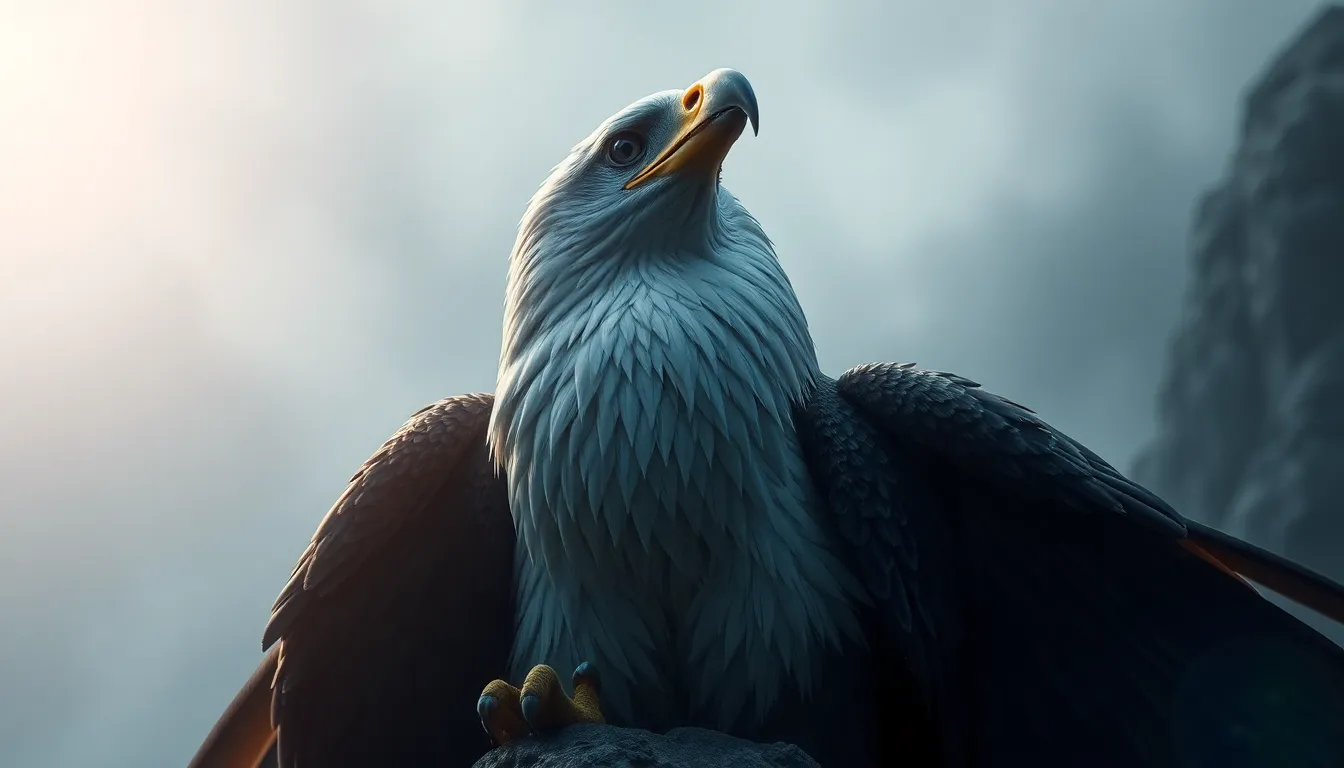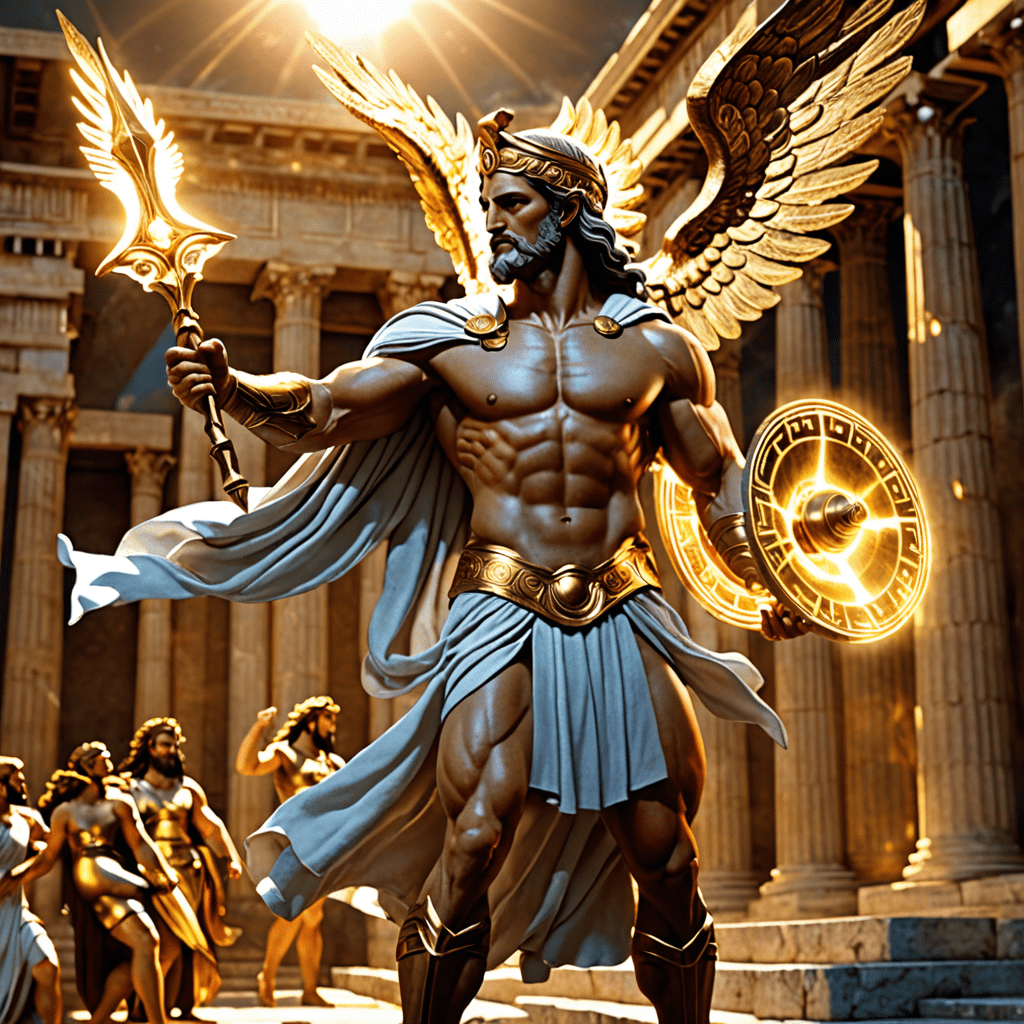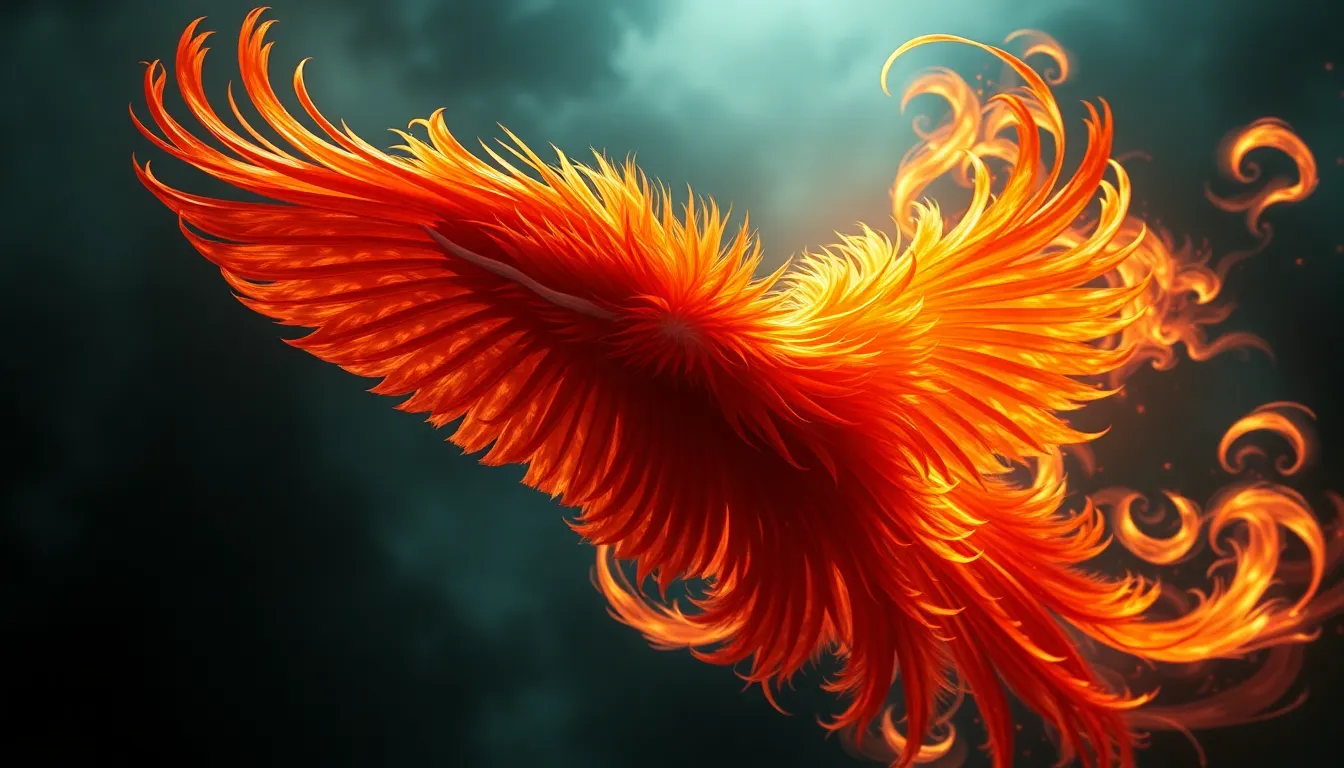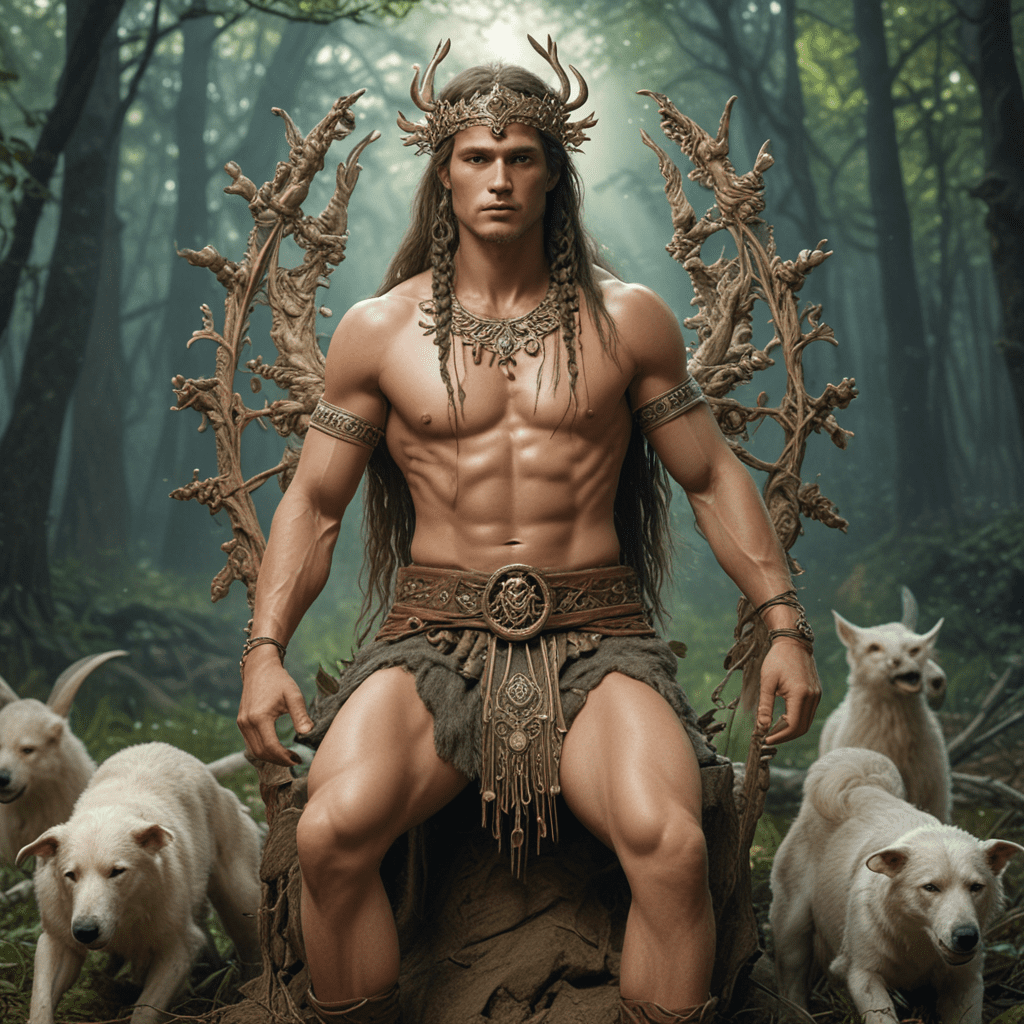The Symbolism of the Eagle: A Majestic Creature in Mythology
I. Introduction
The eagle, a magnificent bird known for its powerful presence and keen vision, holds a significant place in the mythology and cultural symbolism of various civilizations throughout history. Its elevated status can be attributed to its majestic flight, fierce hunting skills, and association with the heavens. This article explores the diverse meanings and representations of the eagle across different cultures, examining its roles in ancient civilizations, indigenous beliefs, national emblems, and modern interpretations.
II. The Eagle in Ancient Civilizations
A. The eagle in Egyptian mythology
In ancient Egypt, the eagle was revered as a powerful symbol linked to the sun god Ra. The Egyptians believed that the eagle represented the sky and was a manifestation of divine royalty.
- Connection to the sun god Ra: The eagle was often associated with the sun’s life-giving energy, embodying the spirit of Ra and his protective qualities.
- Symbol of royalty and divinity: Pharaohs were often depicted with eagles, emphasizing their divine right to rule and their connection to the gods.
B. The eagle in Greek mythology
In Greece, the eagle was considered a sacred creature of Zeus, the king of the gods. This association established the eagle as a representation of power and authority.
- The eagle as a sacred bird of Zeus: The eagle was often depicted as Zeus’s companion and was believed to carry his messages, reinforcing its connection to divine power.
- Representation of strength and courage: The eagle symbolized the heroic qualities admired in Greek culture, embodying the ideals of strength and bravery.
III. The Eagle in Native American Culture
A. The eagle as a spiritual messenger
Among Native American tribes, the eagle is often regarded as a spiritual messenger between humans and the Creator. Its high flight is seen as a bridge to the divine.
B. Symbol of freedom and bravery
The eagle represents freedom, courage, and the ability to rise above challenges, making it a powerful emblem in various tribal cultures.
C. Different tribal interpretations and uses of eagle feathers in rituals
Eagle feathers are sacred in many Native American cultures and hold significant spiritual value. They are used in various rituals and ceremonies, symbolizing honor and respect.
- Feather symbolism: Eagle feathers are often worn by warriors and leaders to signify bravery and achievement.
- Rituals: Feathers are used in healing ceremonies, blessings, and other spiritual practices, embodying the connection to the Creator.
IV. The Eagle in Roman Culture
A. The eagle as a symbol of the Roman Empire
The eagle became a prominent symbol of the Roman Empire, representing its might and authority. It was often depicted in military insignia, emphasizing its importance in Roman society.
B. Its role in military standards and insignia
The eagle was featured on the standards of Roman legions, symbolizing courage and the imperial spirit. This emblem was crucial in motivating soldiers during battles.
C. Allegorical representation of power and dominance
The eagle’s image was used to express the power of the Roman state, representing not only military strength but also the divine favor believed to be bestowed upon the empire.
V. The Eagle in Eastern Mythologies
A. The eagle in Persian culture
1. Association with divine protection
In Persian culture, the eagle is often associated with divine protection and nobility, symbolizing the strength of the Persian kings.
2. The eagle in Zoroastrianism
The eagle plays a role in Zoroastrian texts as a creature of purity, often depicted as a guardian of the skies and a symbol of the divine.
B. The eagle in Chinese mythology
1. Symbol of strength and endurance
The eagle is celebrated in Chinese mythology as a symbol of strength, endurance, and bravery, often depicted in art and literature.
2. Role in folktales and legends
Various Chinese folktales feature eagles as heroic figures or symbols of overcoming adversity, reinforcing their esteemed status in cultural narratives.
VI. The Eagle as a National Symbol
A. The bald eagle in the United States
1. Historical context and adoption as a national emblem
The bald eagle was adopted as the national emblem of the United States in 1782, chosen for its majestic appearance and long life.
2. Representation of freedom and resilience
As a symbol of freedom, the bald eagle embodies the spirit of resilience and independence that defines the nation.
B. Other national representations of eagles
- Germany: The eagle is a symbol of power and authority, appearing on the national coat of arms.
- Mexico: The eagle is depicted in the national emblem, symbolizing strength and resilience, particularly in the context of the Aztec heritage.
VII. The Eagle in Literature and Art
A. Depictions of eagles in classic literature
Eagles have been portrayed in classic literature as symbols of nobility, freedom, and heroism. They often serve as metaphors for characters’ aspirations and journeys.
B. Symbolic use of eagles in visual arts
In visual arts, eagles are frequently depicted in paintings, sculptures, and other forms, representing various themes of power, divinity, and the human spirit.
C. The eagle as a motif in modern storytelling
In modern storytelling, the eagle continues to be a potent symbol, representing the struggle for freedom and the pursuit of one’s dreams, often serving as a character or emblem in films and literature.
VIII. Psychological and Philosophical Interpretations
A. The eagle as a symbol of transcendence and vision
Psychologically, the eagle represents the ability to transcend obstacles and attain higher perspectives, symbolizing clarity of vision and purpose.
B. Metaphorical associations with the human spirit
The eagle is often used as a metaphor for the human spirit’s strength and resilience, embodying the qualities of aspiration and ambition.
C. The eagle in the context of personal growth and ambition
In personal development, the eagle symbolizes the pursuit of goals and the courage to rise above challenges, inspiring individuals to aim high and strive for greatness.
IX. Conservation and Modern Symbolism
A. The eagle as an endangered species and conservation efforts
Many eagle species face threats due to habitat loss, pollution, and hunting. Conservation efforts aim to protect these majestic birds and their habitats.
B. The evolving perception of eagles in contemporary culture
In contemporary culture, the eagle is increasingly seen as a symbol of environmental awareness, representing the need for conservation and respect for nature.
C. The eagle as a symbol of environmental awareness
As a top predator, eagles play a vital role in ecosystem health, reminding us of the interconnectedness of all species and the importance of preserving wildlife.
X. Conclusion
The eagle’s multifaceted symbolism spans across cultures and epochs, representing strength, freedom, and divine connection. From ancient civilizations to modern national emblems, the eagle continues to inspire and resonate with humanity. Its role as a spiritual messenger, a symbol of power, and a representation of environmental stewardship highlights its enduring significance in our lives. As we continue to explore the depths of its symbolism, we also recognize the importance of safeguarding these magnificent creatures for future generations.



